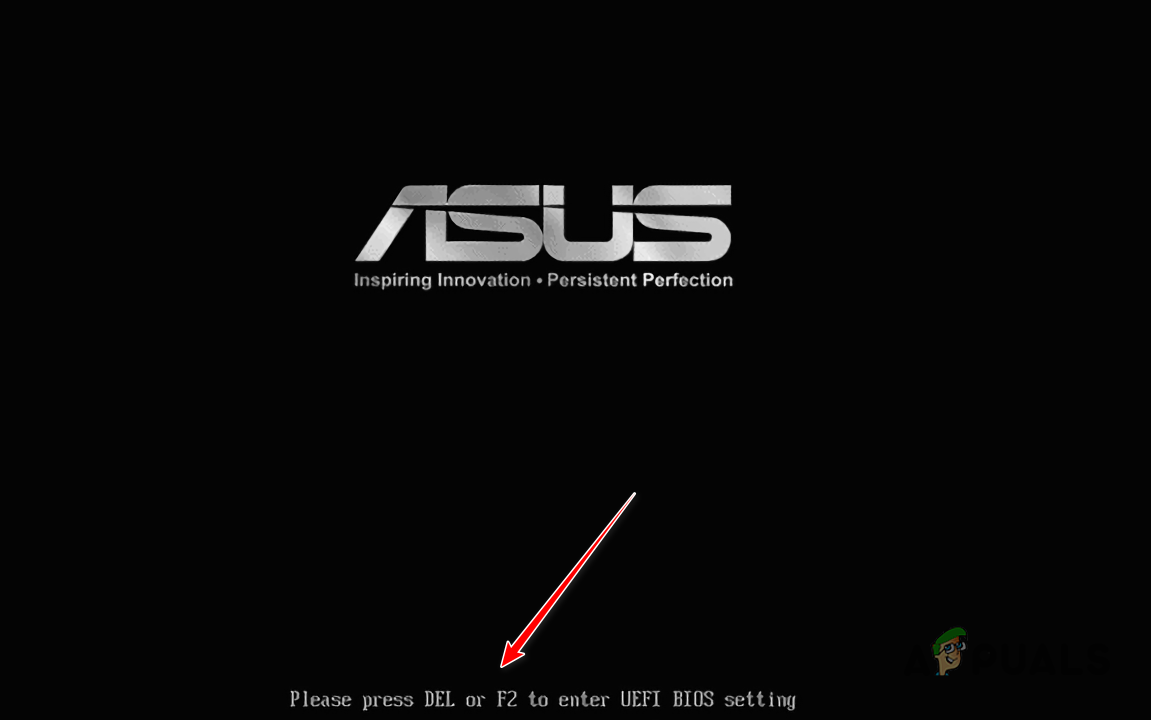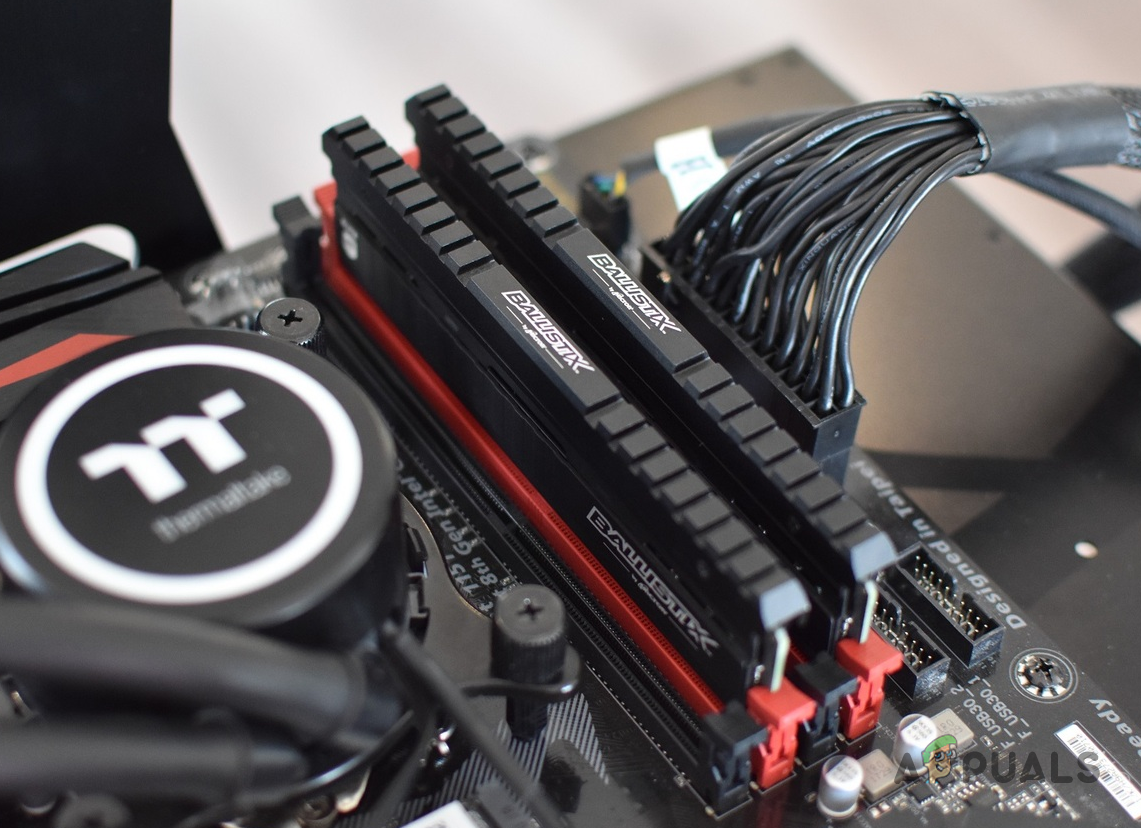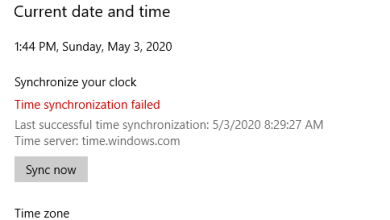Monitor Says “No Signal”? Try These 8 Easy Fixes! [2024]
- Ensure that your monitor's video cables (VGA, HDMI, DisplayPort) are properly connected and not damaged. Verify that the monitor is set to the correct input source corresponding to the cable type used.
- Inspect and re-seat your graphics card in its PCIe slot, and update the graphic card's drivers from the manufacturer's website. This can address issues where the monitor does not recognize the computer's video output.
- Test your monitor on a different computer to determine if the issue lies with the monitor or your PC. If the monitor works on another system, closely examine your PC’s power supply, BIOS settings, and internal connections, including RAM and motherboard.
Imagine you turn on your computer and your monitor gives you no display; it’s a black screen staring back at you. Sounds scary right? Well, the “no display” issue is a common computer problem that can leave you confused and scared.
However, the good news is that most of the time you can fix the issue just by following some basic troubleshooting. So, without further ado let’s dive into how to fix the “Monitor says no signal” issue.
Table of Contents

How To Fix Mintor Says No Signal
At its core, if your monitor is showing a pop-up message saying “No Signal”, chances are there is a problem between your computer’s graphic output and the monitor’s input. This communication breakdown could be due to several factors such as loose connections, outdated drivers, wrong input source, and more. Let’s have an in-depth look at these factors and how to fix them.
READ MORE: How to Troubleshoot and Fix Black Lines on Your Monitor? ➜
1. Check Cable Connections
First, make sure you properly insert your video cable and check that it’s in good shape. Make sure you properly connect your VGA, HDMI, or DisplayPort cables to both your computer and the monitor. Additionally, look for any damaged or bent pins as they can be a big fault indicator. If that’s the case, all you will need is a new cable and your monitor should be back up and running in no time.

2. Check Input Source
Next, check whether your monitor is on the right input source. This means that if you’re using an HDMI cable from your computer to the monitor, you should select HDMI as the input source in your monitor settings.
Here’s a quick rundown on how to set your monitor’s input source:
- First, make sure both your PC and monitor are powered on.
- Now press the menu button on your monitor. This is different for every monitor and it can be either on the edge of your monitor along with a few other buttons or under it.

Press the menu button - Once you have located the buttons and opened the menu, you must head to the “Input Source” tab. You’ll also have buttons on your monitor to move around the menu.

Head to Input Source - Finally, select the correct input source and you are good to go.

Choose your specific input source
Screenshots taken from HardReset.Info
READ MORE: HDMI 2.0 vs HDMI 2.1 – Key Differences & Which is Better? ➜
3. Switch To a Different Connection
If you are still facing the no signal issue, try switching to a different video connection to determine if the issue is specific to a connection. For instance, if you are currently using a VGA cable and input, try getting yourself an HDMI cable or a DP connection. HDMI provides far better video quality than VGA and DP is a step further than HDMI.
If your monitor starts working normally on a different connection, then unfortunately either your computer’s or monitor’s port for that specific connection is damaged. You’ll need to have the damaged port repaired in this case.
4. Inspect Your Graphics Card
Unlike the three above-mentioned fixes, this one will require you to get your hands dirty as you’ll have to inspect that your graphics card is firmly inserted in its slot. While re-seating a graphics card isn’t highly complicated, we advise you to be calm when doing so and never force the graphics card into its slot.
With that out of the way, here’s what you’ll need to do to re-seat your graphics card:
- Power off your computer and disconnect all cables going through it.
- Now, open up the computer case and gently remove the graphics card (unscrew if needed).

Remove the graphics card | Builds With V - From here, re-insert the graphics card into the PCIe slot. Be gentle and make sure it’s properly connected.

PCIe slot should look like this
While you are at it, we also advise you to thoroughly examine the card for any physical damage like burned parts, worn connectors, or any overheating signs. Additionally, if your CPU has integrated graphics, you can try connecting the monitor directly to the motherboard’s video output to see if the issue lies within your graphics card.
5. Update Your Graphic Card’s Drivers
If your CPU has integrated graphics and the monitor is working when connecting to the motherboard’s video outputs, that means that your graphic card’s drivers are outdated. To update your graphic drivers all you’ll need to do is head over to your manufacturer’s website, find your graphic card, and install the latest update. Once that’s done, restart your computer and see if the monitor still shows a blank screen.

READ MORE: How to update graphics driver in Windows? (AMD, Nvidia, Intel) ➜
6. Test the Monitor on Another System
If your monitor is still not giving any signs of display, the next course of action is to check your monitor with another computer to find the real culprit between the two. Make sure that the video cable and input source are the same as they were when connecting with your original computer. In case your monitor starts working, then the issue might be with your computer and not your monitor.
7. Thoroughly Examine Your PC
After step 5, now that you know the issue lies within your computer, you’ll need to thoroughly examine it to find out where exactly the issue lies and what is causing the monitor to prompt no signal. Here are a few things you’ll need to check on your computer:
- Power Supply: A power supply is your system’s main power source and all the cables going from it must be connected firmly. Apart from inspecting the cables, if your area experiences power issues, we suggest using a surge protector or UPS to keep your hardware safe.
- BIOS Settings: BIOS settings are a set of configuration options that allow you to configure your system’s hardware settings. To access the BIOS settings, you’ll need to restart your computer and press (Delete, F12, or F10) during boot. Here, you’ll need to check that the correct graphics source (GPU or integrated graphics) is selected.

BIOS Shortcut Key for ASUS - RAM and Motherboard Connections: Make sure your RAM sticks are firmly placed in their slots. If they are loose or not inserted correctly, it can also lead to display problems. If needed, try removing and reinserting them. Also, double-check that all other parts connected to your motherboard, like power cables and peripherals, are firmly attached.

RAM Sticks on Motherboard
Remember these are just a few of the troubleshooting steps you can take when examining your PC. Apart from these three, you can also reset BIOS settings, test your computer with different hardware, check for signs of overheating, etc. However, working with such software and hardware requires a careful approach and we don’t recommend you do it yourself unless you have adequate knowledge.
8. Talk To an Expert
If your computer is still causing the no signal issue, your last option is to take it to a professional who can dive deep into your system. An expert will help you test your computer with different hardware like RAM GPU, and motherboard, check your CPU for any bent pins, and more.
READ MORE: HDMI 2.1 vs DisplayPort 1.4: Which is Better in 2024? ➜
Wrapping Up
Issues like “monitor saying no signal” are among the common computer problems every user has faced once in their lifetime. However, after going through our article and using the mentioned troubleshooting tips, we hope you’ll be able to solve the issue in no time. In case none of the steps solve your issue, you can always take your system to an expert to help you find the exact cause and solution.
FAQs
VGA, HDMI, and DisplayPort (DP) are all types of connectors used to transmit video and audio signals from computers to displays like monitors or TVs. VGA is an older analog connection, while HDMI and DP are digital, offering higher quality, support for higher resolutions and audio. HDMI is commonly used for home entertainment devices, while DP is preferred for high-resolution displays and gaming monitors due to its higher bandwidth.
A PCIe (Peripheral Component Interconnect Express) slot is a type of expansion slot found on a computer’s motherboard. It’s used to connect additional hardware components like graphics cards, network cards, or SSDs to the motherboard.
A UPS (Uninterruptible Power Supply) protects your computer by providing backup power during electrical outages or fluctuations. It acts as a buffer between your computer and the power source, ensuring a constant and clean power supply. This helps prevent data loss or damage to your computer’s hardware caused by sudden power interruptions or surges.




